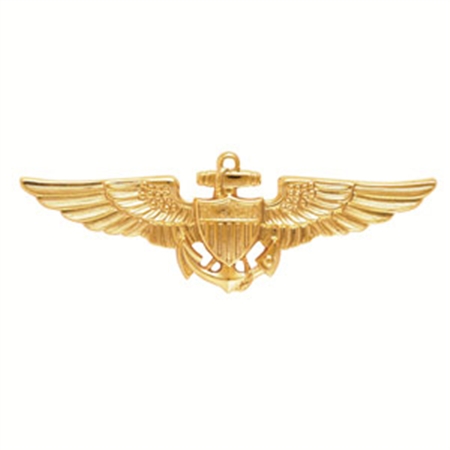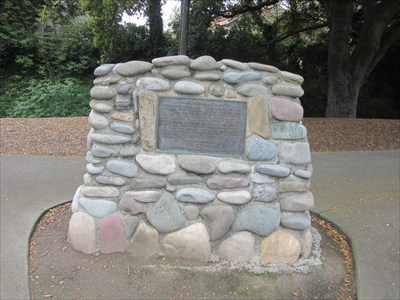Cmdr John Mape KIA
 In 1966,Cdmr John Mape took off from the aircraft Carrier, the USS Ticonderoga in another combat run. Piloting the Douglas Attack Sky Raider (A-1H) Cmdr Mape and leading “Mape’s Apes” of the Attack Squadron 52, Carrier Air Wing 5, was to take part in Operation Rolling Thunder. During this operation the Ticonderoga’s air group delivered over 8,000 tons of ordnance in more than 10,000 combat sorties, For the most part, her aircraft hit enemy installations in North Vietnam and interdicted supply routes into South
In 1966,Cdmr John Mape took off from the aircraft Carrier, the USS Ticonderoga in another combat run. Piloting the Douglas Attack Sky Raider (A-1H) Cmdr Mape and leading “Mape’s Apes” of the Attack Squadron 52, Carrier Air Wing 5, was to take part in Operation Rolling Thunder. During this operation the Ticonderoga’s air group delivered over 8,000 tons of ordnance in more than 10,000 combat sorties, For the most part, her aircraft hit enemy installations in North Vietnam and interdicted supply routes into South ![]() Vietnam, including river-borne and coastwise junk and sampan traffic as well as roads, bridges, and trucks on land. Specifically, they claimed the destruction of 35 bridges as well as numerous warehouses, barracks, trucks, boats, and railroad cars and severe damage to a major North Vietnamese thermal power plant located at Uong Bi north of Haiphong. All this with a loss of 16 planes, but only 5 pilots. One of those Pilots was Cdr. John Mape.
Vietnam, including river-borne and coastwise junk and sampan traffic as well as roads, bridges, and trucks on land. Specifically, they claimed the destruction of 35 bridges as well as numerous warehouses, barracks, trucks, boats, and railroad cars and severe damage to a major North Vietnamese thermal power plant located at Uong Bi north of Haiphong. All this with a loss of 16 planes, but only 5 pilots. One of those Pilots was Cdr. John Mape.
It was April 13, 1966, when his aircraft was shot down by a surface to air missile. He was leading three fighter planes when he was shot. He went down in heavy cloud cover over Nghe Tinh Province. The other pilots did not see him eject. The made a visual inspection of the crash site and concluded that there could be no survivors in the wreckage. They were right. Mape had crashed in a field and a farmer buried him there.
It wasn’t until 1991, that a joint U.S./Vietnamese team (led by the Joint Task Force-Full Accounting) traveled to Nghe Tinh Province. There they interviewed several local witnesses who remembered a crash of a U.S. plane in April or May 1966. The witnesses also said that the area had been had been heavily scavenged for metal in the early 1990s. A vist in 1991 and then again in 1993 produced little evidence. It was in 1994 the team learned of a gourp of men arrested in Dong Mai Province in 1992 for taking remains for the crash site. .The source indicated that the items were recovered near a 1968 crash site of an U.S. aircraft in Khammouan Province.
In October and December 1994 joint U.S./Lao teams traveled to the Khammouan Province to interview several villagers with information about the crash. While surveying the crash site the team found aircraft wreckage, a fragment of a possible knife sheath and human remains. Visits in 1995 and 1996 recovered more remains, life support equipment, and other crew-related items.  Anthropological analysis of the remains and other evidence by the U.S. Army Central Identification Laboratory Hawaii confirmed the identification of Mape and two of his crew, Bailey and Hartzheim The remains of the 40-year-old fallen pilot and two other Vietnam War soldiers were identified by the Pentagon after U.S. scientists compared Mape’s DNA with that of his sister, Sarris.
Anthropological analysis of the remains and other evidence by the U.S. Army Central Identification Laboratory Hawaii confirmed the identification of Mape and two of his crew, Bailey and Hartzheim The remains of the 40-year-old fallen pilot and two other Vietnam War soldiers were identified by the Pentagon after U.S. scientists compared Mape’s DNA with that of his sister, Sarris.
In the city of Dublin Ca, a Park was named after Mape in 1967 when he was listed as MIA. When it was discovered that he was found, and his body was coming home. The park was renamed Mape Memorial Park. There are still plenty of people in the city who remember “Jack” Mapes and honor his service.
You may be gone, no longer living on this earth; but you will live on – in the memories of your family and friends. There will always be a part of you living in those who knew you. You will live on because we remember you!
https://en.wikipedia.org/wiki/USS_Ticonderoga_(CV-14)
http://www.findagrave.com/cgi-bin/fg.cgi?page=gr&GRid=947997


As long as someone remembers, you are not forgotten…We remember…
Always…there is awlays some one who remembers and misses you.